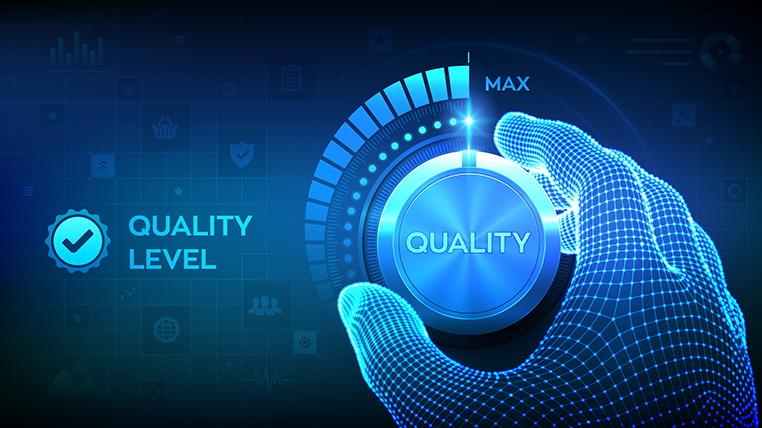What is Quality Loss?

Quality Loss refers to the output that did not pass the quality standard check at the first time, either being classified as reject (waste/scrap), or needing rework.
Quality loss can be detrimental to a company's bottom line and reputation. It can occur at various stages of the production process, including raw material selection, manufacturing, and packaging. Quality loss can lead to increased costs due to the need for rework, as well as lost time and resources. Additionally, rejected products can damage a company's reputation, leading to decreased customer satisfaction and potential lost sales.
Preventing quality loss requires a proactive approach. Companies should establish quality standards and procedures to identify and address potential issues before they become bigger problems. Investing in quality control measures, such as regular inspections and testing, can also help ensure that products meet established standards. By prioritizing quality throughout the production process, companies can minimize the risk of quality loss and maintain their reputation for delivering high-quality products to customers.
In today's competitive marketplace, quality is a key factor in a company's success. Quality loss can undermine a company's efforts to build customer loyalty and maintain a strong reputation. Therefore, it is essential for companies to take a proactive approach to quality control to minimize the risk of quality loss. By prioritizing quality at every stage of the production process, companies can ensure that their products meet or exceed customer expectations, thereby increasing customer satisfaction and loyalty.
Total Productive Time = Net Run Time - Quality Loss
